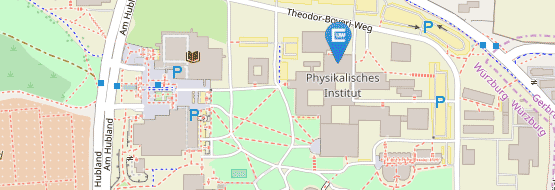B06
Many-body electronic instabilities and topology on hexagonal lat- tices
Summary
In the previous funding period of the SFB 1170, project B06 has focused on providing a compre- hensive methodological access to superconductivity as a Fermi surface instability by starting from an ab initio treatment of the effective electronic structure in quantum materials. In the upcoming pe- riod, we intend to expand on the type of electronic order we analyze, as we consider electronic order at intermediate coupling such as density wave orders, nematicity, or pair density wave orders some of which can develop topological features. In doing so, we will focus on hexagonal electronic mat- ter which encompasses many of the most vexing domains in contemporary research on correlated electron systems: kagome metals, twisted multilayer graphene and transition metal dichalcogenides (TMDs), hexagonal monolayer heterostructures, and more. The methods we apply will be truncated unity functional renormalization group (TU-FRG) and slave boson mean field theory (SBMFT) both of which have been recently refined and optimized in our group (Fig. 1). While TU-FRG will be helpful at capturing electronic topological order up to intermediate coupling (Fig. 1a), we will apply SBMFT for systems at strong coupling, combined with a fluctuation analysis around the mean field solution (Fig. 1b). Density wave orders, such as seen for kagome metals, honeycomb systems at strong coupling, and triangular electronic Hubbard models around half filling (spin order) or quarter and three quarter filling (charge order), are situated in a range of parameter space where both TU-FRG and SBMFT are sensibly applicable, and can be compared against each other. Combined, we intend to complete our task on hexagonal topological matter in drawing a line from an ab intio treatment up to intermediate to strong coupling ordering phenomena.


